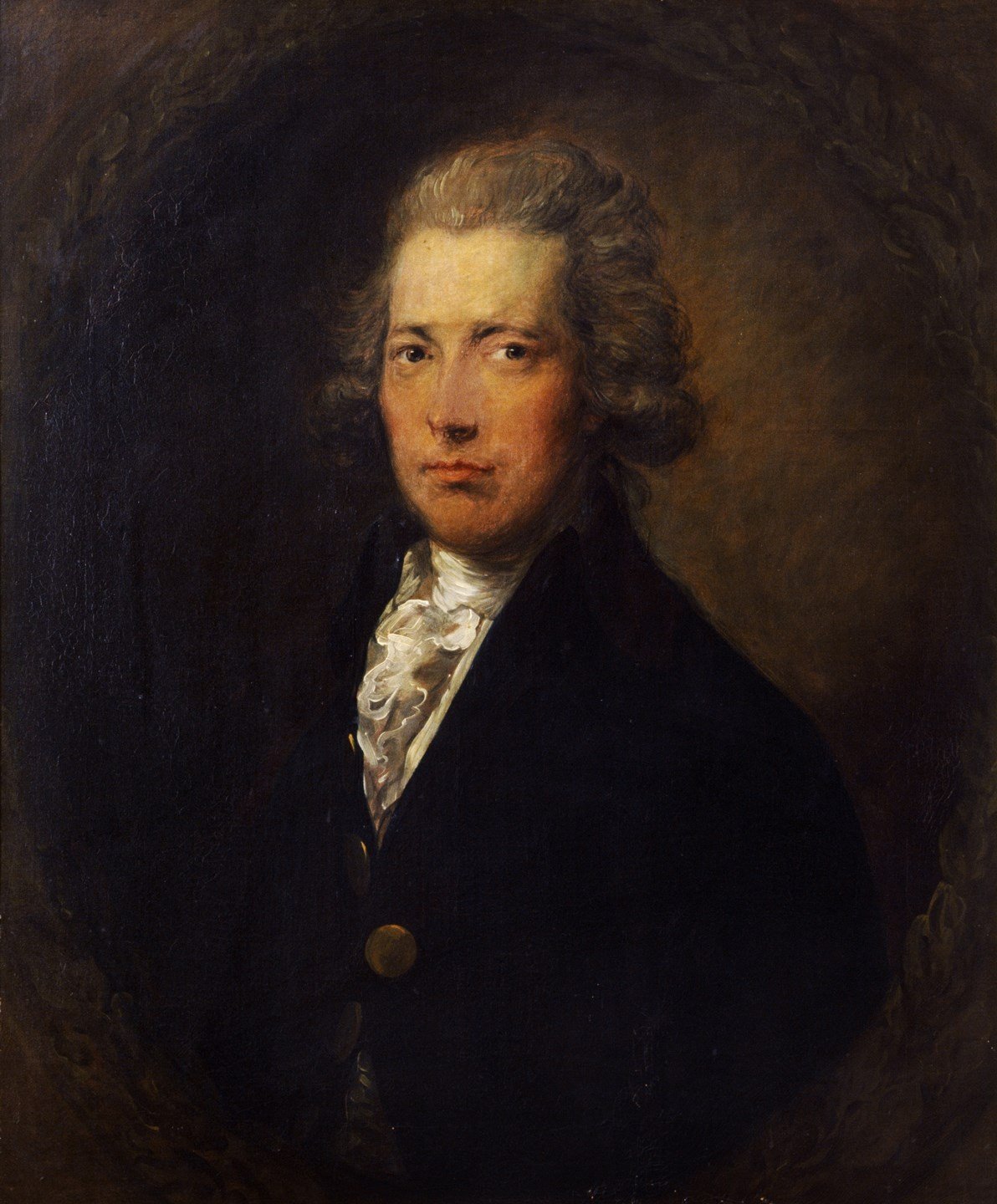
Walmer Castle Collection Highlights
Walmer Castle is the residence of the Lord Warden of the Cinque Ports, a position that has been held by many nationally important figures. Over the years, they have brought with them many objects, documents and artefacts.
After WH Smith became Lord Warden in 1891, he initiated the Indenture of Heirlooms by an Act of Parliament so that the historic collections would remain at Walmer Castle and be displayed for public viewing.
You can browse a selection of highlight objects below. They include a number relating to the Duke of Wellington given to the castle by Wing Commander Lucas in 1966. The Duke died at Walmer Castle in 1852.
Boots
- Type: Boots
- Material: Leather, metal
- Place Made/Found: London
- Artist: Mr Hoby of St James's Street, London
In the early 1800s Arthur Wellesley, then Viscount Wellington, asked his shoemaker to make boots in this style because they were easier to wear with trousers. After his victory over Napoleon Bonaparte at the Battle of Waterloo in 1815, Wellington's boots achieved the status of must-have fashionable footwear and duly became known as 'Wellingtons'. This particular pair is made of soft calfskin, polished black, with tan soles. Spurs are fixed to the heels.
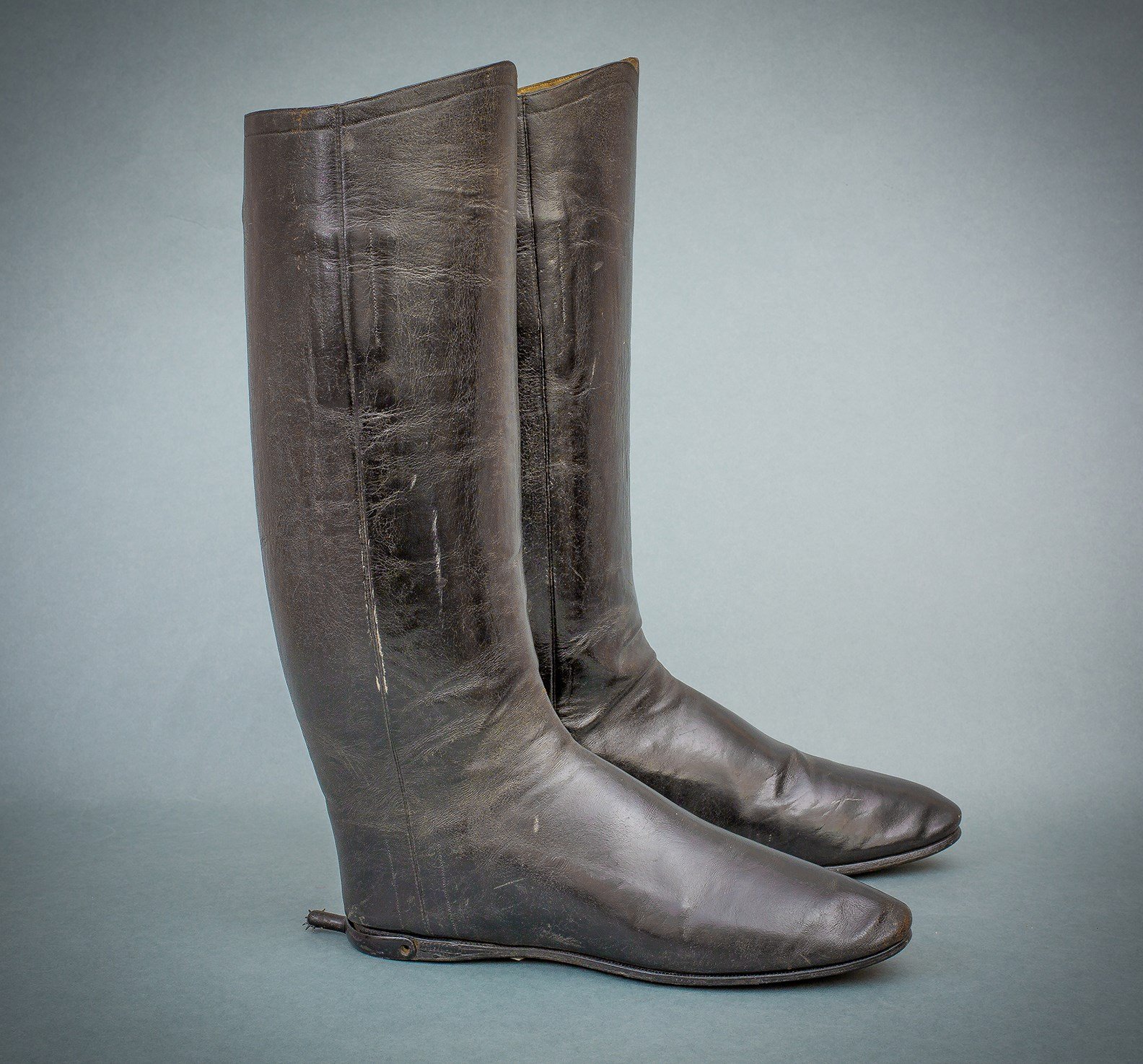
Campaign Bed
- Date: c.1803
- Type: Bed
- Material: Brass, iron, canvas, leather, silk, horsehair, wool, linen
- Place Made/Found: England
The Duke of Wellington slept in this campaign bed at Walmer Castle. It was shown in a cartoon of 1829 by William Heath, entitled 'Take up your bed and walk', where it was described as first being used by the Duke during the Peninsular Wars. Campaign furniture was collapsible so that it could be carried. Specialist manufacturers thrived throughout the 18th and 19th centuries, catering for officers and colonial travellers.
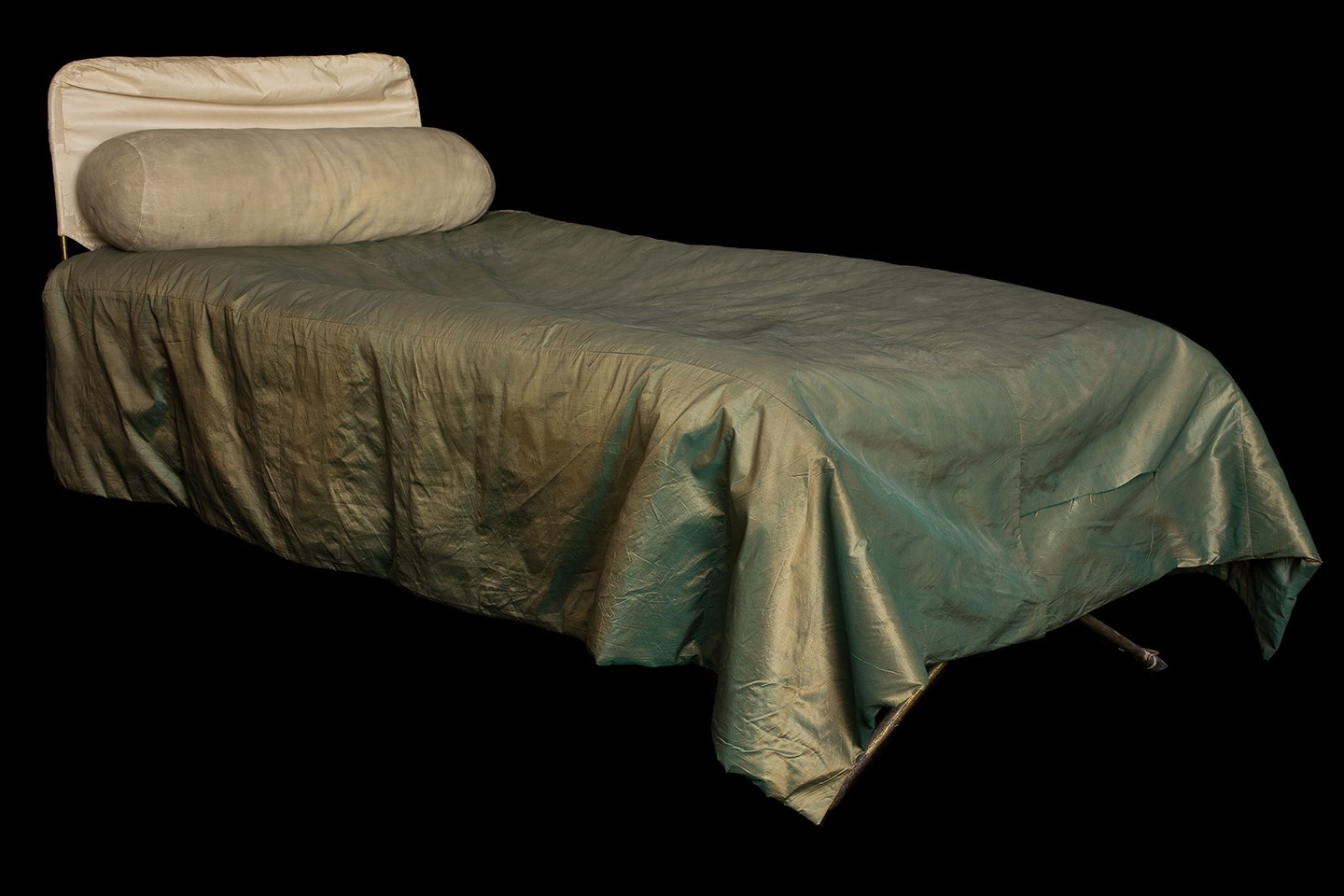
The Three Castles of the Downs
- Date: c.1658-60
- Type: Painting
- Material: Oil on canvas
- Place Made/Found: England
- Artist: Attributed to Sir Martin Beckman
This image shows the three fortifications - Sandown, Deal (in the middle) and Walmer (closest to the viewer) - built by Henry VIII to protect the Downs, the important anchorage off Deal. It was painted during the second half of the 17th century, after the establishment of the old Navy yard in 1658. It illustrates the tradition that warships should fire a salute before being given safe harbour and that the castles would then fire a salute in return.
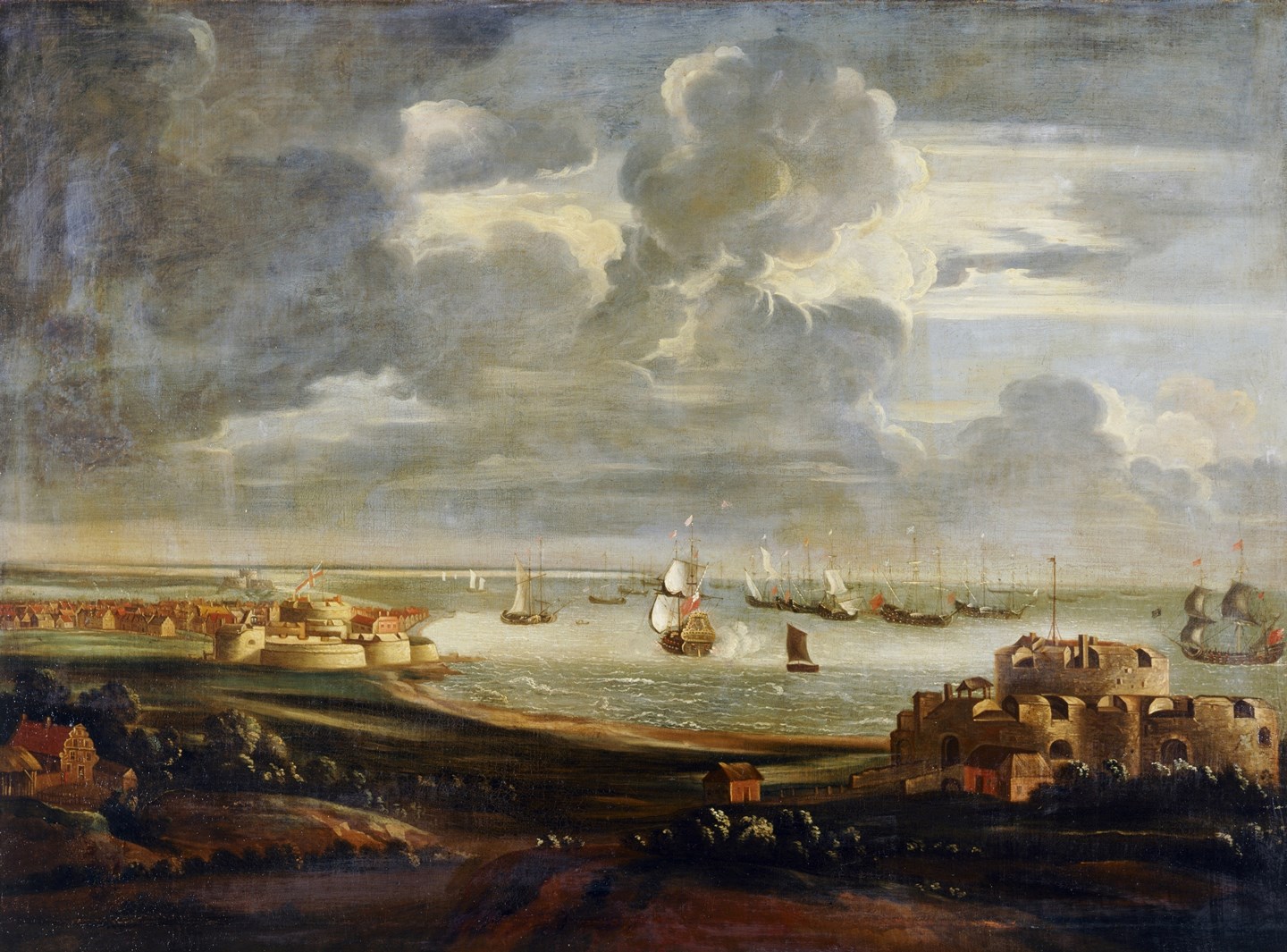
Desk
- Date: 1798
- Type: Desk
- Material: Mahogany, baize
- Place Made/Found: England
- Artist: Graham and Litchfield
William Pitt the Younger's papers described this desk as 'A large Mahogany Library table, drawers on one side and a pannell door with pidgeon hole on the other side, covered with green cloth and on large castors'. It cost him £18 and 18s. It is of the type known as a partner's desk, because one person can sit on either side. It was identified as being in Pitt's Library in the inventory of Walmer made after his death in 1806.
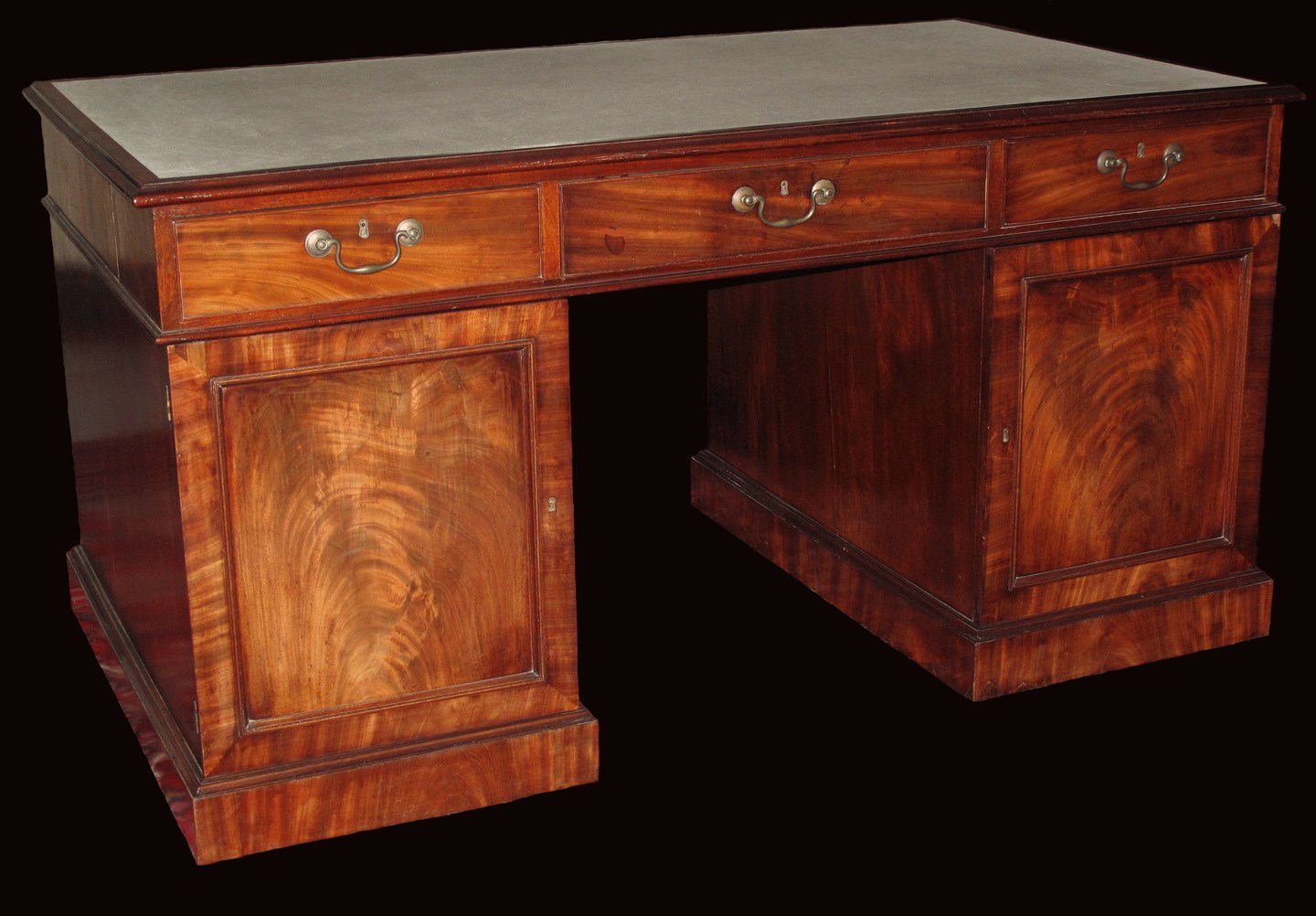
The Stag Hunt
- Date: c.1730
- Type: Painting
- Material: Oil on canvas
- Place Made/Found: England
- Artist: Attributed to John Wootton
Wootton was the pre-eminent painter of sporting and landscape subjects in the first half of the 18th century. Here he depicts a hunt, framed by trees, the stag running through a stream. To the left a huntsman blows his horn. Above him the 'whipper-in' fires a gun, keeping the hounds together as they bring down the stag. The figure on the grey horse appears to be a portrait, possibly of Lionel Cranfield Sackville, 1st Duke of Dorset.
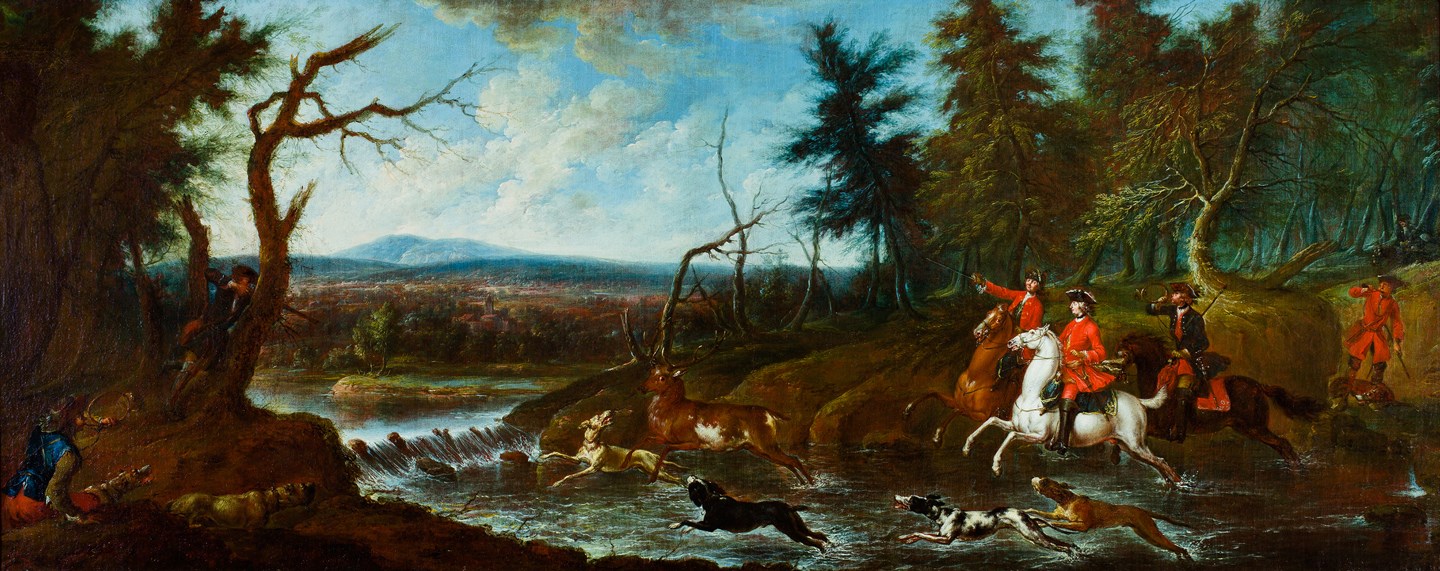
Lady Hester Stanhope
- Date: c.1812
- Type: Painting
- Material: Watercolour on ivory
- Place Made/Found: England
- Artist: Unknown
The subject of this painting has been identified as Lady Hester Stanhope from her clothing and facial features. At the age of 27 she escaped her father's harsh treatment and joined her uncle, Prime Minister William Pitt the Younger, at Walmer Castle, acting as his hostess and nurse until his death. She later travelled throughout Europe and the Middle East, and was shipwrecked off Rhodes in 1812. Having lost her entire wardrobe, she famously permanently adopted male Turkish dress.
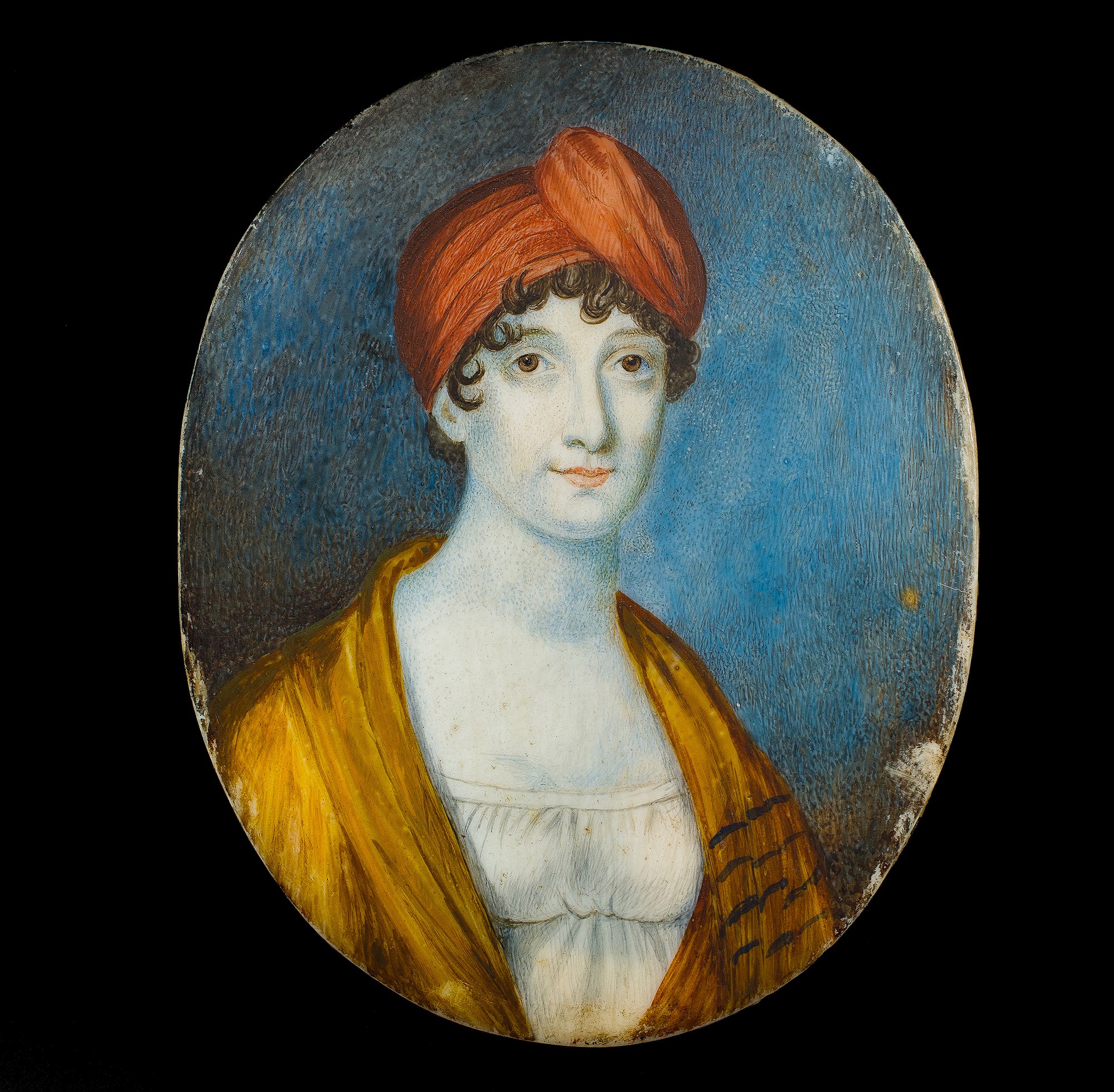
Sketch for 'A Prospect of Dover Castle'
- Date: 1727
- Type: Drawing
- Material: Pen and pencil on paper
- Place Made/Found: England
- Artist: John Wootton
In 1727 Wootton was asked to paint the installation of Lionel Cranfield Sackville, 1st Duke of Dorset, as Lord Warden of the Cinque Ports. Called 'A Prospect of Dover Castle', the painting now hangs in the great hall of Knole House, his former country seat in Kent. This preparatory drawing identifies several of the riders, indicating whose portraits were to be included in the finished work.
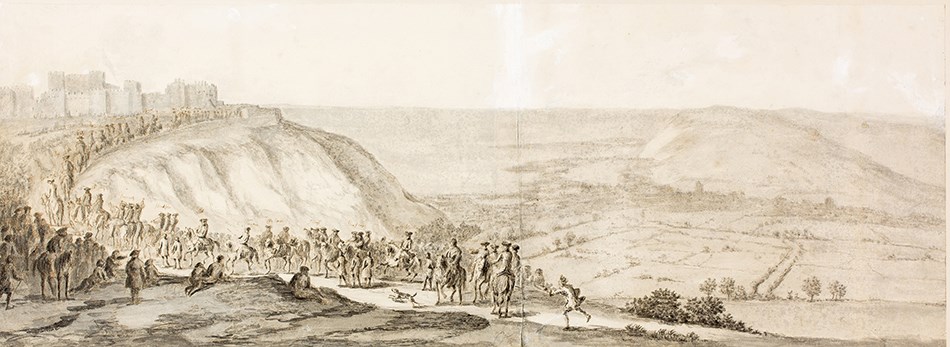
The Death Mask of the Duke of Wellington
- Date: 1852
- Type: Sculpture
- Material: Bronze
- Place Made/Found: Walmer Castle
- Artist: George Gammon Adams
Three days after the Duke of Wellington's death, on 14 September 1852, the portrait sculptor George Gammon Adams made this death mask. It does not reflect the Duke's normal appearance, as his sunken mouth and cheeks show that his false teeth had already been removed. A cast was also made of his hands, and his head was later shaved so that the innumerable requests from friends and relatives for locks of the Duke's hair could be satisfied.
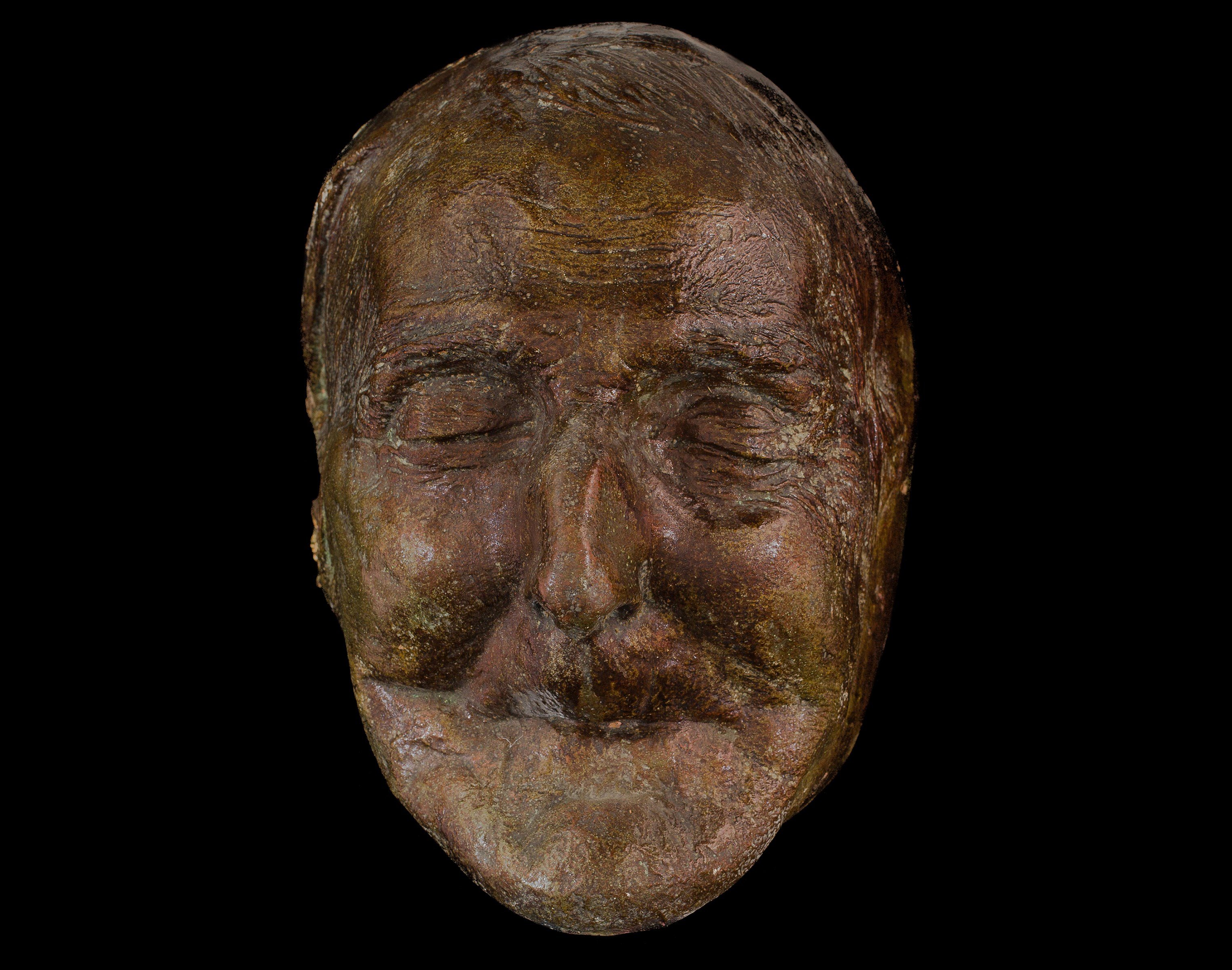
William Pitt the Younger
- Date: 1780s
- Type: Painting
- Material: Oil on canvas
- Place Made/Found: England
- Artist: Gainsborough Dupont
This portrait of William Pitt the Younger is one of several copies made by Gainsborough Dupont after a three-quarter-length painting of Pitt as Lord Chancellor, which was made by Dupont's more famous uncle, Thomas Gainsborough in 1786, two years before his death. Dupont was the only studio assistant whom Gainsborough ever employed and he therefore had access to the original. This copy was made for Pitt's Foreign Secretary, George Grenville.
